Two little Spiders, red and black, adorned the Fiat stand in the 1959 Frankfurt show. Penned by Pininfarina, the sporty Italians may have looked like another carrozzerie Fiat, to be hand built in a limited series by one of the many coachbuilders that swarmed motor shows with their latest creations. From an industrial point of view, this could not have been further from the truth
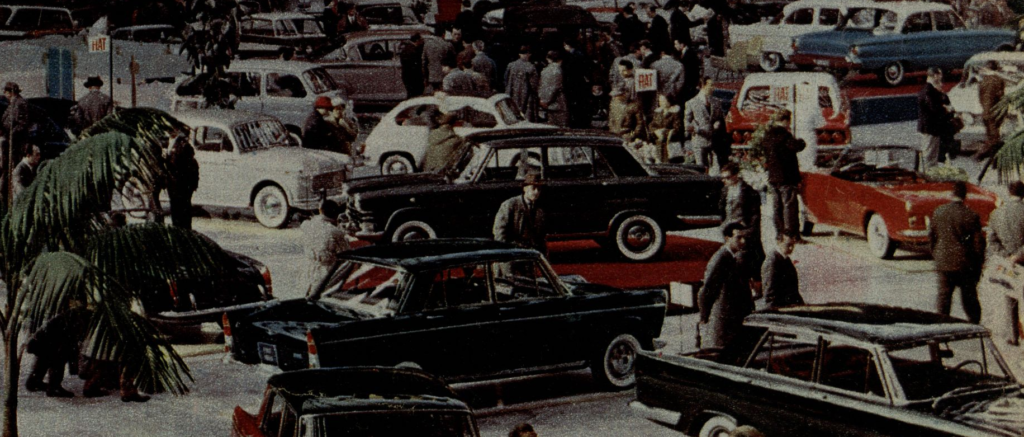
The two corporations that joined forces in the development of Progetto 118, Fiat S.p.A and Industrie Pininfarina S.p.A, have been undergoing similar changes, if on a different scale, at a time when the demand for new cars in Europe skyrocketed, and factories were churning out new cars at an ever-increasing pace. Fiat, the Turin giant, commenced car production in its Mirafiori factory in 1948 and saw volumes there rise to over 400,000 units in 1959. This was way more than the “factory unique in the world”, as it was hailed in the Fiat press material during its May 1939 launch, could contain. Yet this was somehow to further swell to a million units in 1968, soon leading to violent clashes with the unions. At the time of the 118 launch Fiat had just one other site all theirs and suitable for car production: the historical plant (dating from 1923) in Lingotto, two miles away from Mirafiori
Lingotto, already dated and always limited in output, was phased out with the coming on stream of Mirafiori. Its five-story production halls then housed a plethora of odd products, ranging from trucks to home refrigerators. Just prior to the 118’s launch, Lingotto car production was confined to small-scale models: 1200 Gran Luce, 1200 spider (the 118’s predecessor, shipped for completion in Mirafiori), 1900 Gran Luce, 2100 Speciale, the 1100T van (soon to re-locate to a new factory in Naples) and the Campagnola off-roader. The site was exotic enough to create a “Vetture Speciali” badge, installed on the front wings of some of the cars made in Lingotto
Close by, Pininfarina made a huge stride in 1958 as it opened a full-scale production facility in Via Lesna, Grugliasco. The Italian coachbuilder would from now on focus on mass producing cars that Fiat, Alfa Romeo and Lancia could not fit into their body shops. This move, soon duplicated by other carrozzerie, was to change the Italian coachbuilding industry. While the 1200 Spider was made (entirely by Fiat) at the rate of 2,500 units a year at most, Pininfarina could offer Fiat a lot more
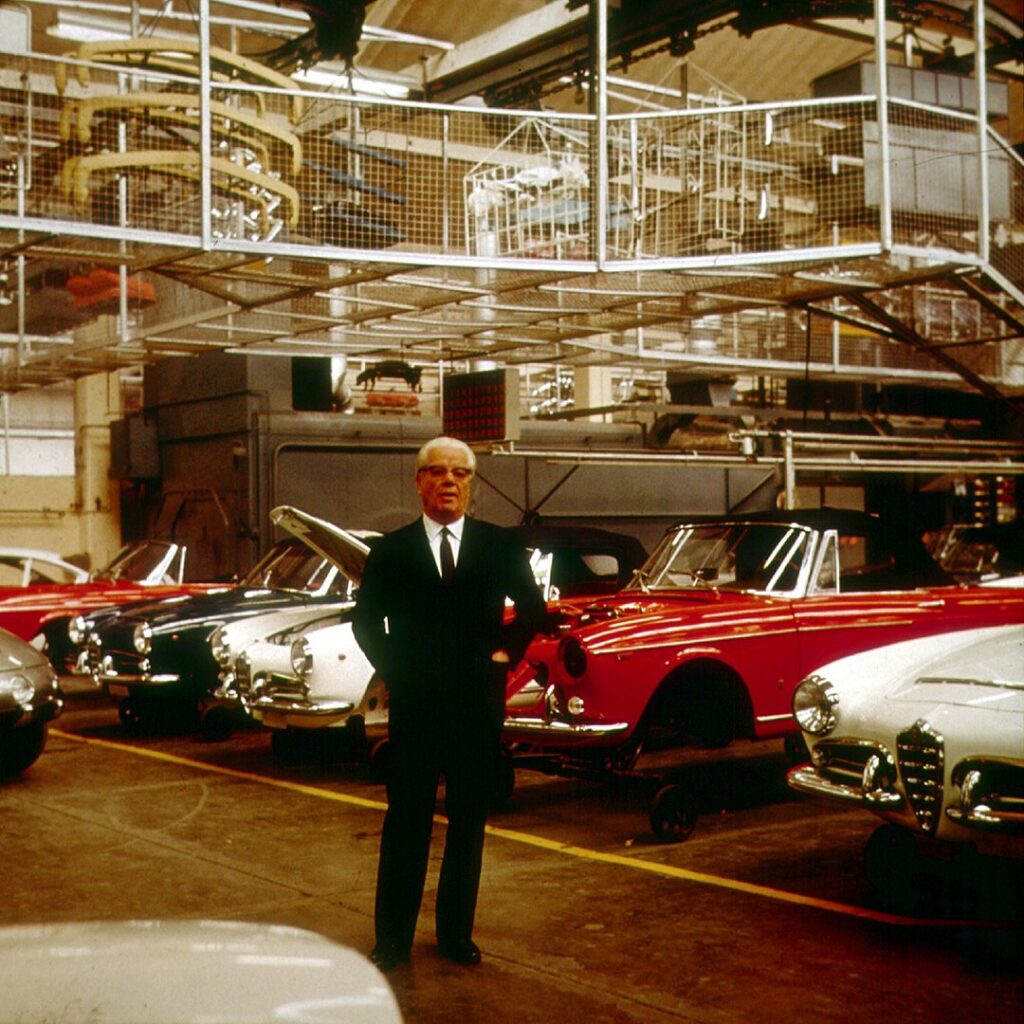
With Pininfarina a car producer and Lingotto soon to be revamped, it was not surprising that the contract for producing and painting the bodies, as well as for the general assembly (bar the drive train) was handed over to the Via Lesna plant. Not only that, next month at the Turin show Pininfarina introduced their version of Fiat 118, a 1500 Coupé that was a Pininfarina product from a homologation standpoint, even if marketed via the usual Fiat channels
Though it could easily do so, Pininfarina did not produce a complete car until after the Lingotto shutdown in 1981. The Fiat 118 Spiders (and Coupés), as well as the other Farina products, were all trucked to meet with engine and gearbox at their respective brands’ assembly plants. Being a variation of the Fiat 1100 and a successor to the 1200 Spider, the trimmed 118s were shipped to Mirafiori, where they shared line No. 2 with the 1100 family
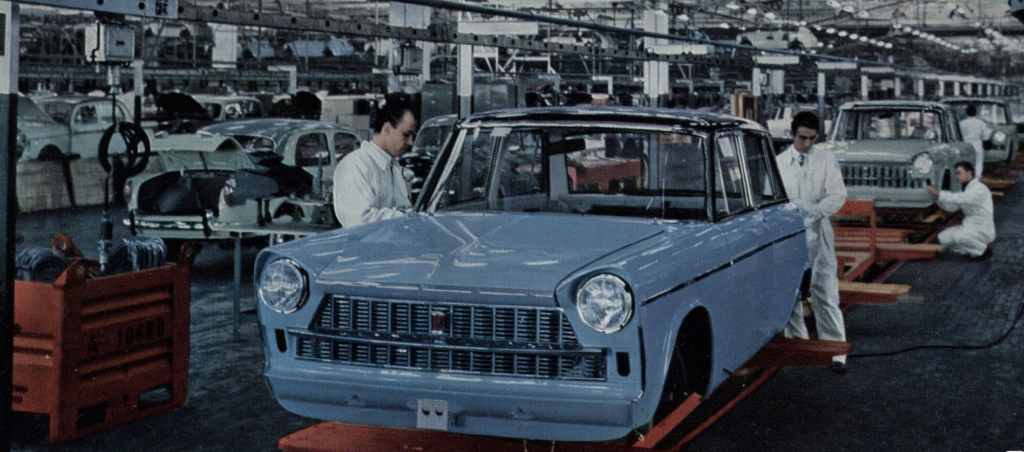
Fiat had not forgotten other Italian coachbuilders, most of which were too small and rapidly disappearing, and provided them with parts for their own interpretations of the 118. It is not verified but quite certain that these 118-series bodies, or their sets, were prepared directly by Fiat, with no Pininfarina intervention. The same probably holds true for the slightly larger project of some 750 units produced by OSI and Neckar in 1964-65
The Fiat 1100, launched in 1953 and still ahead of the Fiat 500 on the company’s sales charts in 1960, was very much alive and kicking, but Fiat had another new important product to introduce in early 1961, the 1300/1500, and Mirafiori could not manage both. Lingotto was refurbished, with a new paint shop built, so that the 1100 can vacate Mirafiori floor for the 1300/1500. In early 1961 the 1100, together with its sporty siblings, were transferred to Lingotto, where the 1100 was to remain till its demise in 1969. The Fiat 124 Spider started and ended its long Fiat service on the same Lingotto tracks (again: drivetrain assembly only), until the plant was shut down in summer 1981 and Pininfarina took upon itself the complete process
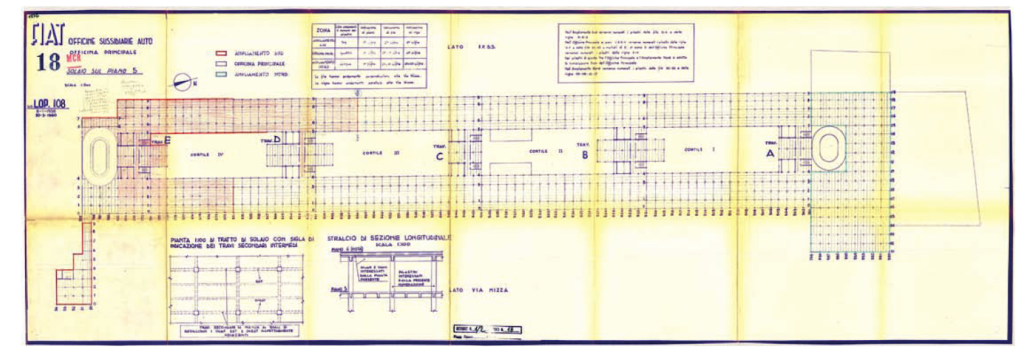
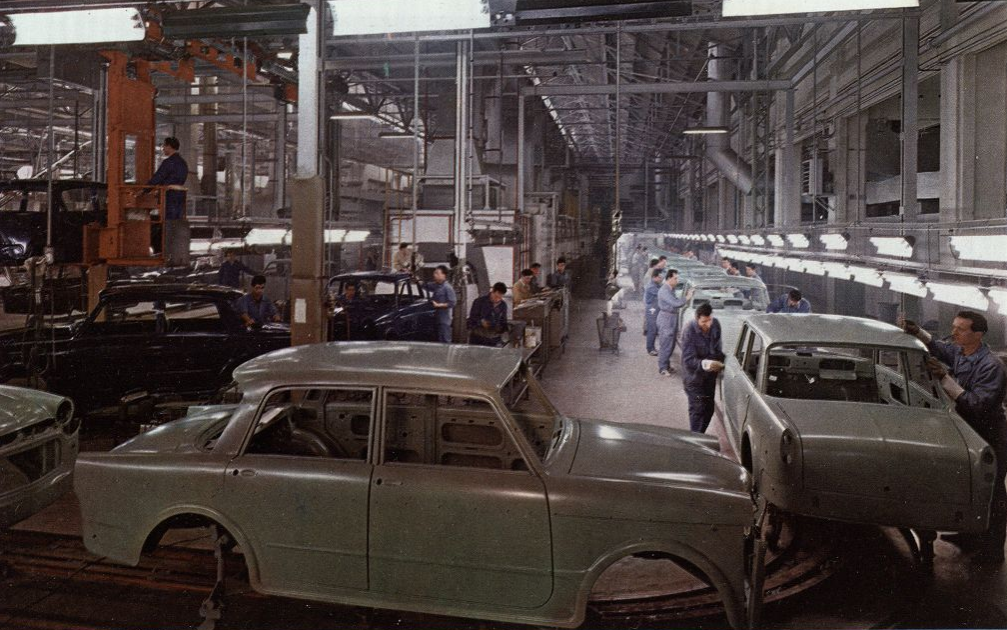
The fact that the 118 was a fully industrialized product that had to be synchronized between two separate entities left a mark on the production process and is providing interesting clues for historians. Pininfarina, much like any other coachbuilder, allocated job numbers to the bodies it produced. Before Via Lesna, production techniques were archaic and job numbers for similar bodies were mostly allocated in small batches. As of 1958, allocation of large batches per a given body type started. Luckily enough, the Pininfarina production engineers were very particular in defining the body series. 118 Spiders and Coupés used two series, and soon enough the series increased to three (later four) as the engine families were also given separate series each. As one series reach its final allocated number, another one started. All series started with xxx01, and ended with xxx00, which makes adding up the numbers easier. This is of interest given the scarce and contradicting information available today for the production volumes of these small gems: it allows a reliable quantification of the various Farina-built 118s
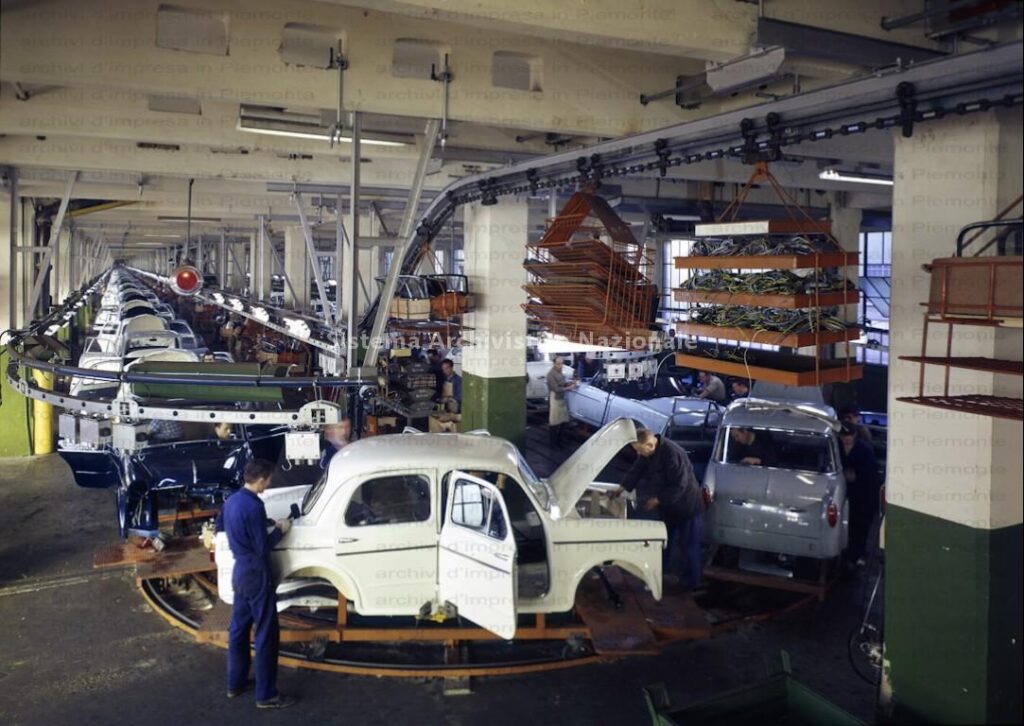
The Farina job number is not the only data crumble left in the cars. In summer 1951 Fiat introduced a marker for future servicing purposes. The “number for spares” was a physical number, relating to the location of the specific car on the final assembly line. The idea was to allow the service network with traceability of the parts used in the vehicle. The spare parts books documented the change points but unfortunately the numbers themselves (on a per car basis) will not be documented for many decades to come. The 118’s number for spares shared its sequence with the Fiat 1100 series (this sequence continued with the 124 Spider). This provides easier dating of the cars (using comparable 1100 data as well) and an understanding of the 118’s share within the total 103/118 production
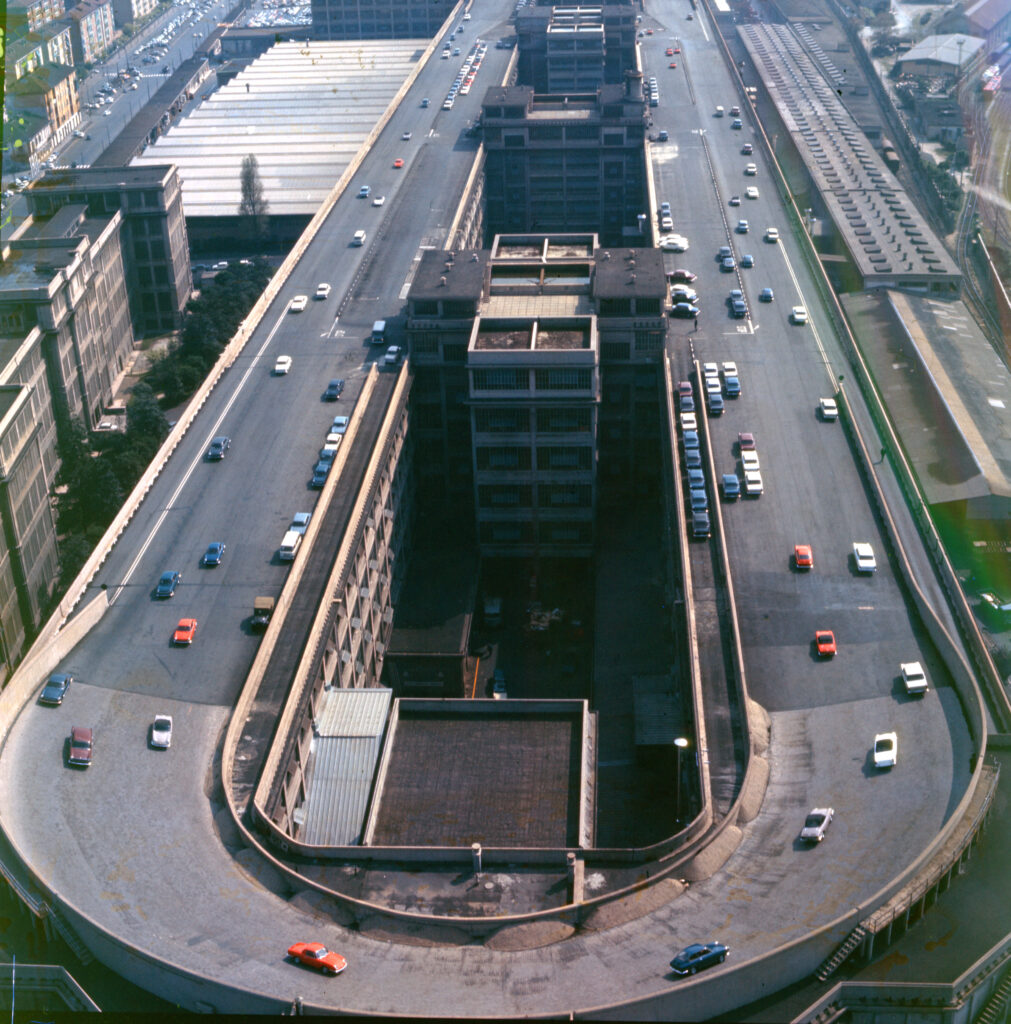
For Fiat, the “numero telaio” (now commonly known as “VIN”) can be more accurately defined as an order number. This is a “virtual” number, unrelated to the actual production process. Moreover, as can be seen in the 118 series (that reaches nearly 47400), a significant quantity of these numbers had never been used on actual cars. Fiat allocated them in batches, that grew bigger over time. This is an important layer on top of the Pininfarina job numbers and the Fiat line numbers, in trying to draw an accurate production map of the 118

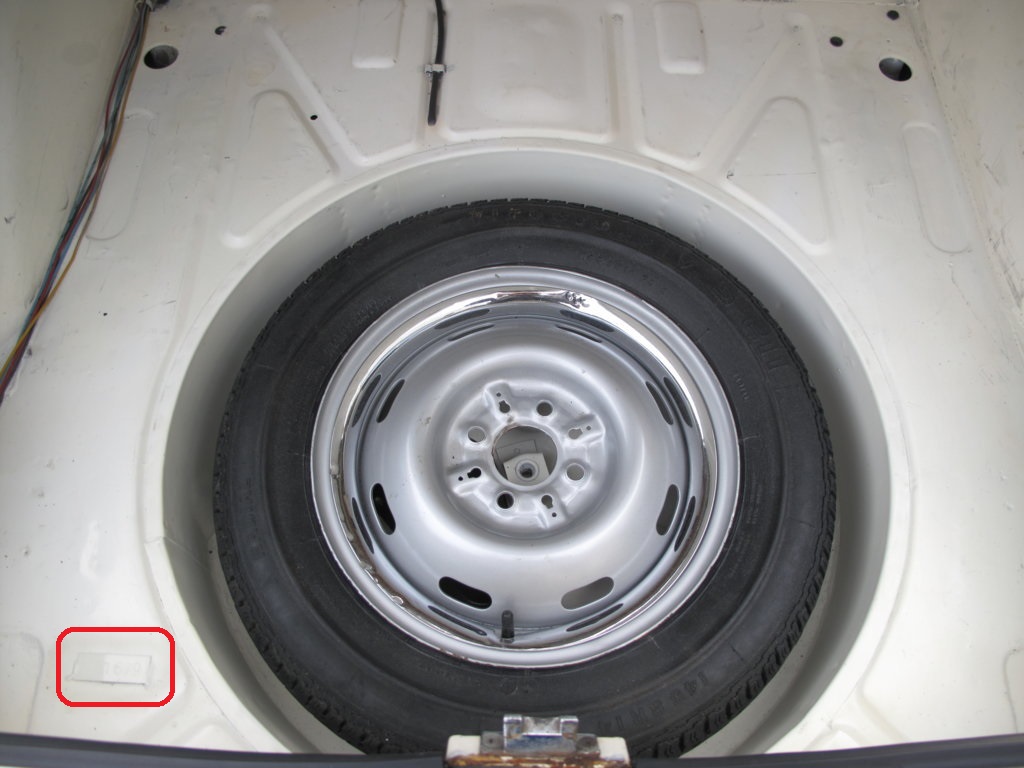
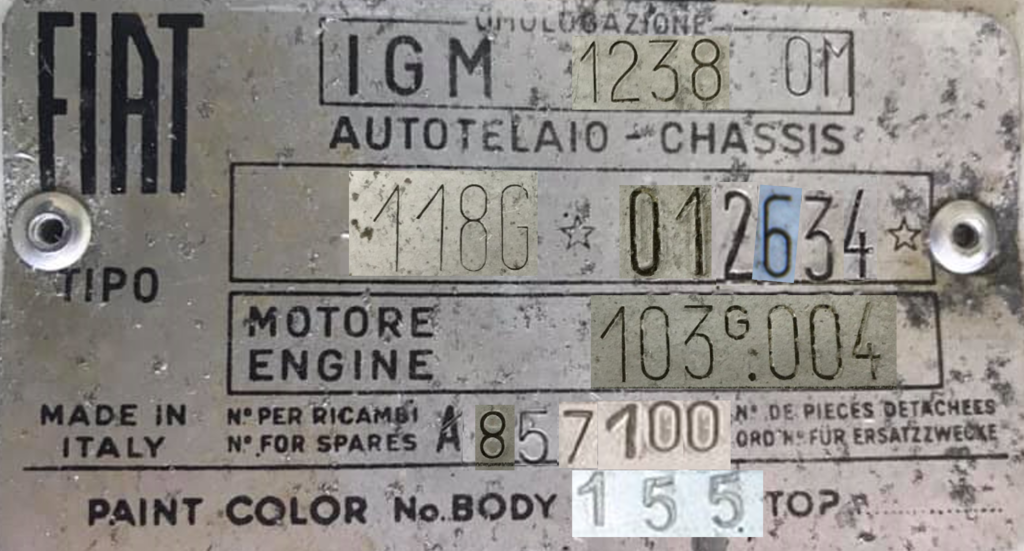
Here are the highlight conclusions of a research done using these production numbers. Every additional information is very welcome
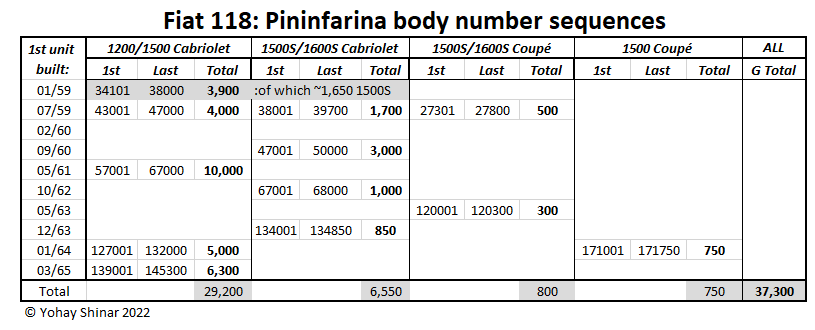
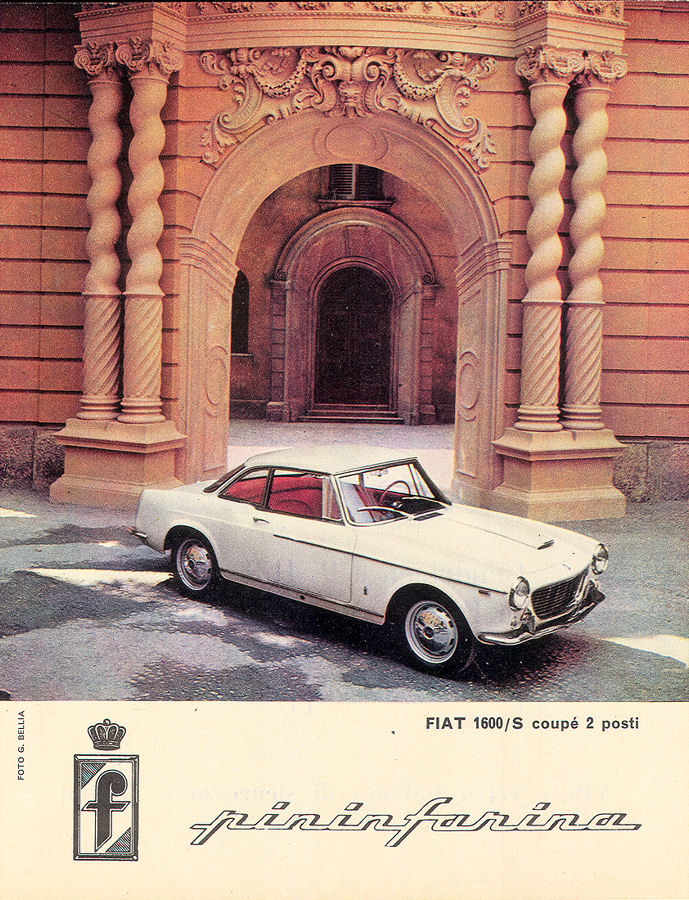
Leave a Reply